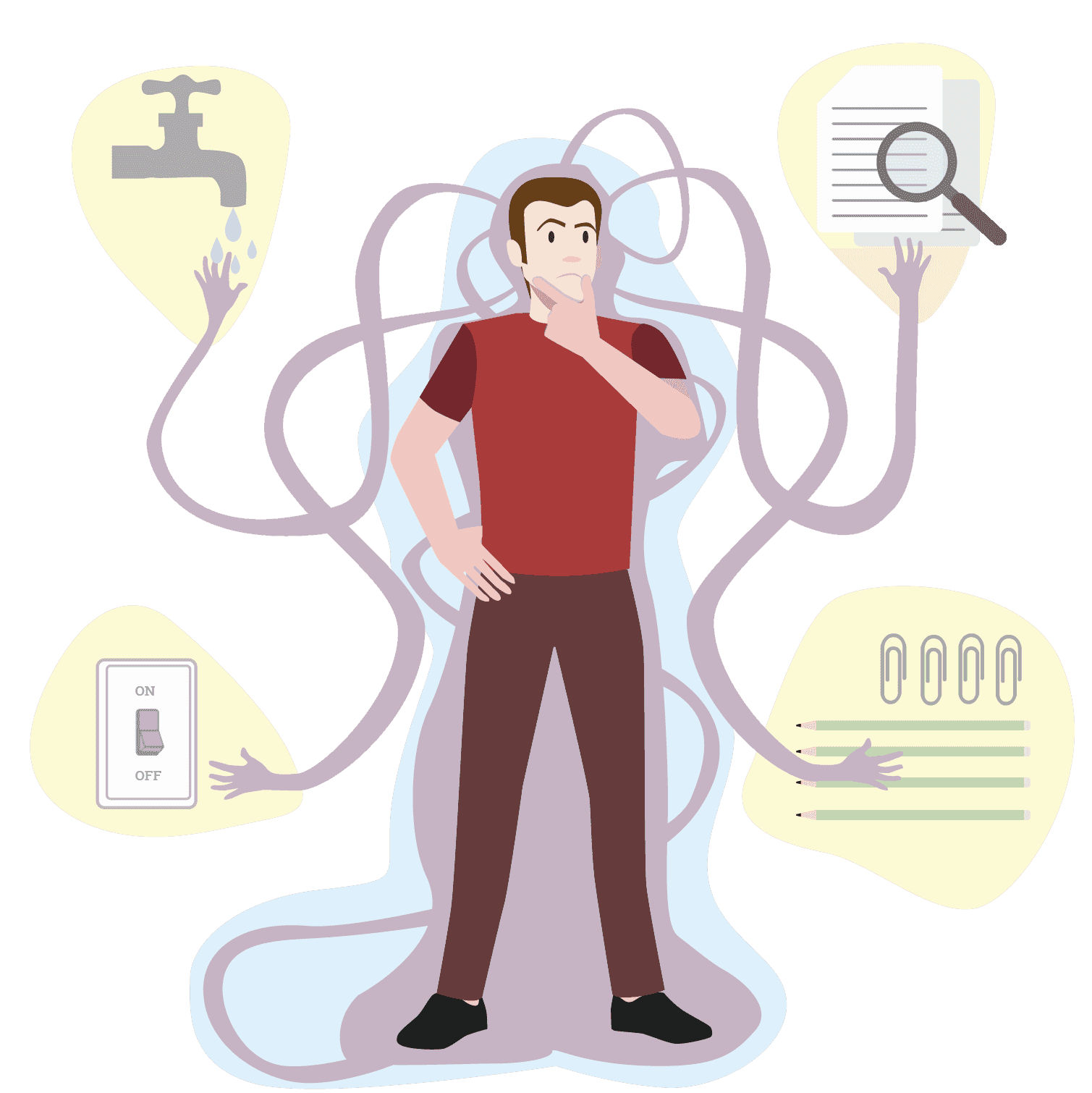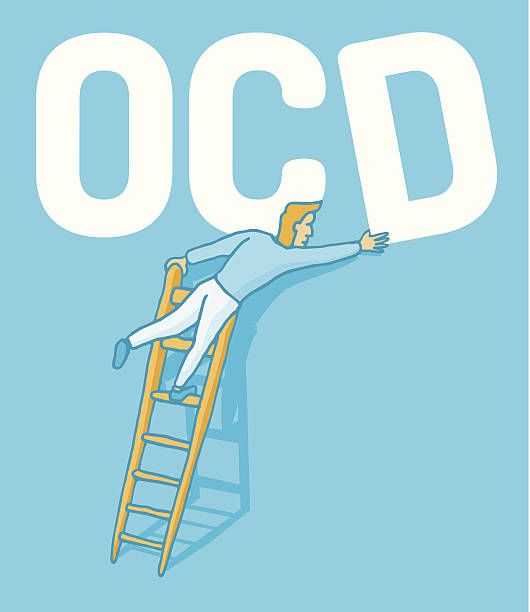OCD symptoms are usually perceived as unproductive. Sick people try to resist them, but when they try to abandon the forced act, intense fear appears in the case of obsessive-compulsive disorder. Over time, the patient develops an avoidance mechanism, the so-called undoing rituals, often taking the form of stereotypical, completely senseless activities. In severe forms of OCD, compulsions occupy even more than 80% of the time, leading to a significant impairment of functioning and even disability. About half of patients suffer from depression as a result. Below are some common symptoms of OCD:
Obsessive symptoms:
- Obsessions with cleanliness and hygiene, such as worries about germs, dirt, and infections.
- Obsessions with symmetry and order lead to the need to arrange and order things.
- Obsessions are related to fears of harming yourself or others, such as fear of falling out of a window or putting others at risk.
- Obsessions with counting, repeating, or measuring that are done routinely.
- Obsessions about religion, morality, sexuality, or other controversial topics.
Compulsive symptoms:
- Compulsive washing and disinfecting often repeated and in excess
- Compulsively checking, e.g., if the door is closed, if the fire is out
- Compulsive counting or performing counting rituals
- Compulsive repetition of activities, such as going in and out of a room several times
- Compulsive arranging and arranging objects according to specific patterns

